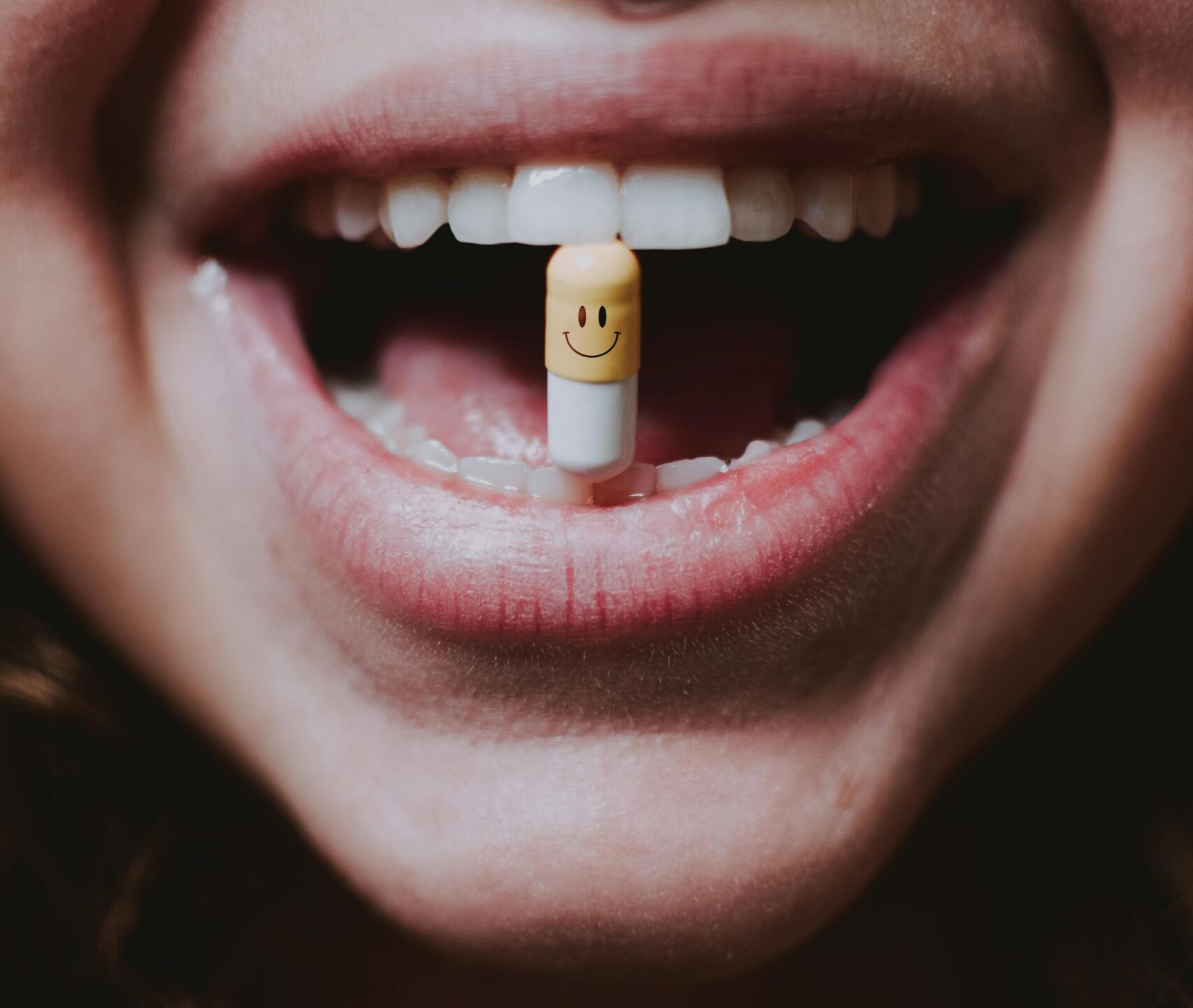Dental anxiety, trouble sitting still, and severe gag reflexes are common issues that many people face when it comes to visiting the dentist. Often, these conditions prevent individuals from seeking necessary dental care, leading to more serious oral health issues down the road.
Fortunately, there are options available to help ease nerves and gag reflexes, including dental sedation. Two common forms of dental sedation are laughing gas and oral conscious sedation. While they both serve the same purpose, there are some key differences between the two. In this blog, the best dentist in Edmond, OK, Dr. Brian Howell, explores the difference between laughing gas and oral conscious sedation with the intention of helping you decide which one may be suitable for your needs and next appointment.
Dispensation
Laughing gas, also known as nitrous oxide, is a colorless and odorless gas made of nitrogen and oxygen. When inhaled through a mask placed over the nose, patients unwind and feel a sense of euphoria.
On the other hand, oral conscious sedation involves taking a prescribed medication in pill form prior to the dental procedure. This medication is typically a type of benzodiazepine, which helps induce a state of relaxation and reduce anxiety.
Potency
Nitrous oxide is a mild form of sedation that helps patients feel more relaxed and at ease during dental procedures. It is a fast-acting sedative, with its effects kicking in within minutes. However, it is not as potent as oral conscious sedation, and its effects wear off quickly, allowing patients to resume their normal activities after the procedure.
Conversely, oral conscious sedation is more potent than nitrous oxide, and it takes longer to take effect. In addition, it may require a longer recovery time, and patients may feel drowsy and will need someone to drive them home after the procedure.
Potential Adverse Effects
While laughing gas and oral conscious sedation are generally considered safe and effective, there are potential adverse effects associated with both forms of sedation.
Laughing gas can cause some mild side effects, such as dizziness, nausea, and headaches. It may also cause some patients to feel lightheaded or tingly in their fingers and toes.
Oral conscious sedation can cause more significant side effects, including drowsiness, confusion, and, in rare cases, respiratory distress. Also, oral conscious sedation can interact with other medications, so it’s essential to inform your dentist about any medications you’re taking before undergoing oral conscious sedation.
It’s worth noting that adverse effects from dental sedation are rare and usually mild. The best dentist in Edmond, OK, will carefully monitor you throughout the procedure to ensure your safety and comfort. If you have concerns about dental sedation, it’s best to discuss them with Dr. Howell before your appointment.
Partner with the Best Dentist in Edmond, OK
All in all, laughing gas and oral conscious sedation are both forms of dental sedation that can help patients feel more at ease during dental procedures. While they have some key differences, they both serve the same purpose of reducing anxiety and promoting relaxation so that patients can receive the necessary care.
If you struggle with dental anxiety, talk to the best dentist in Edmond, OK, about which form of sedation may be right for you. Don’t let fear prevent you from achieving a healthy and beautiful smile.






